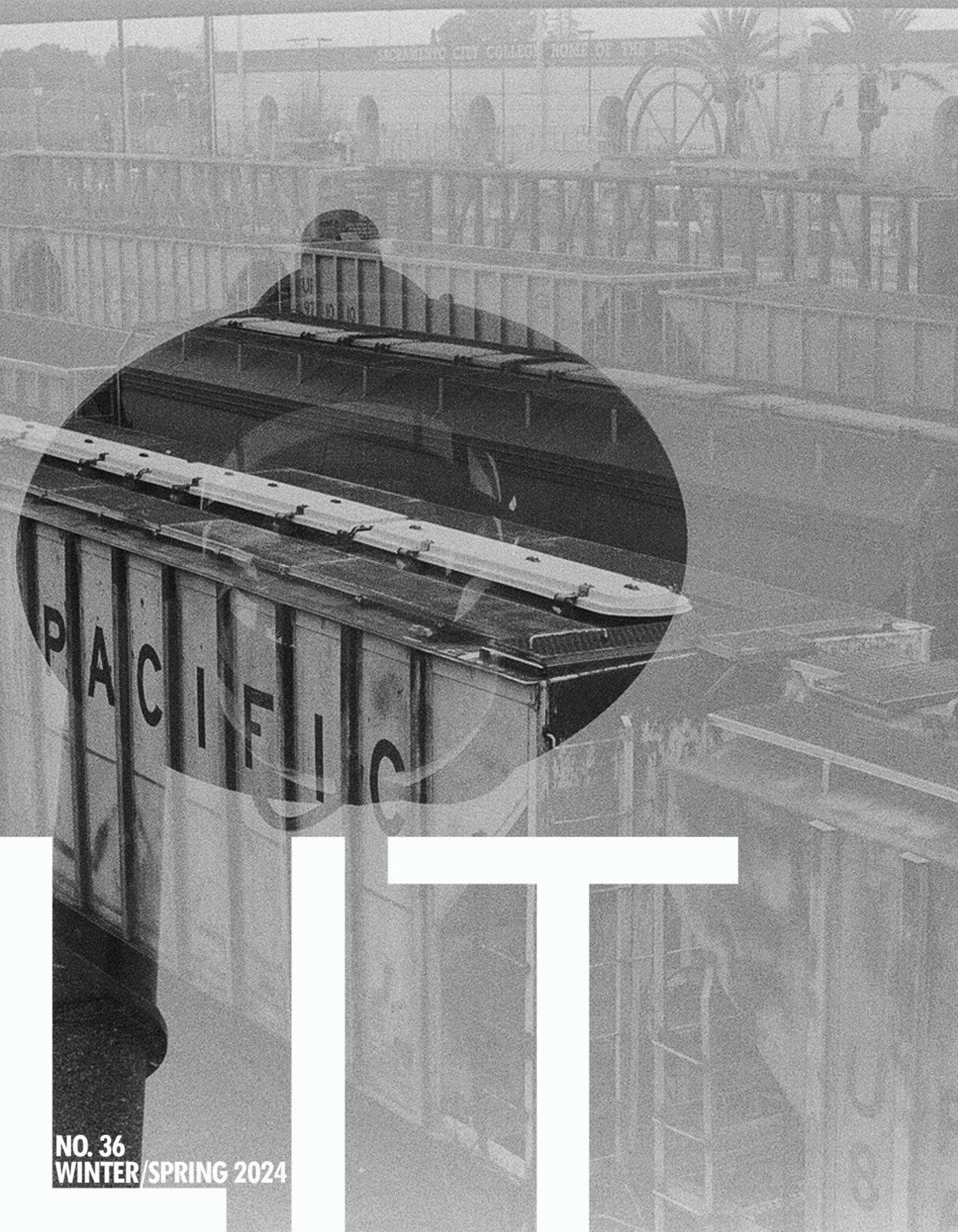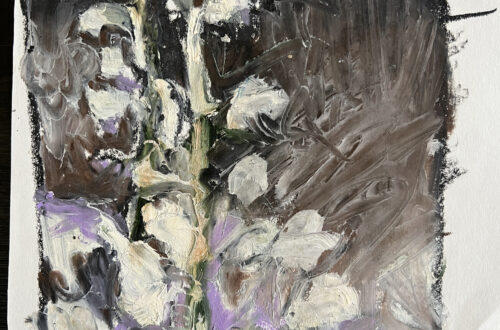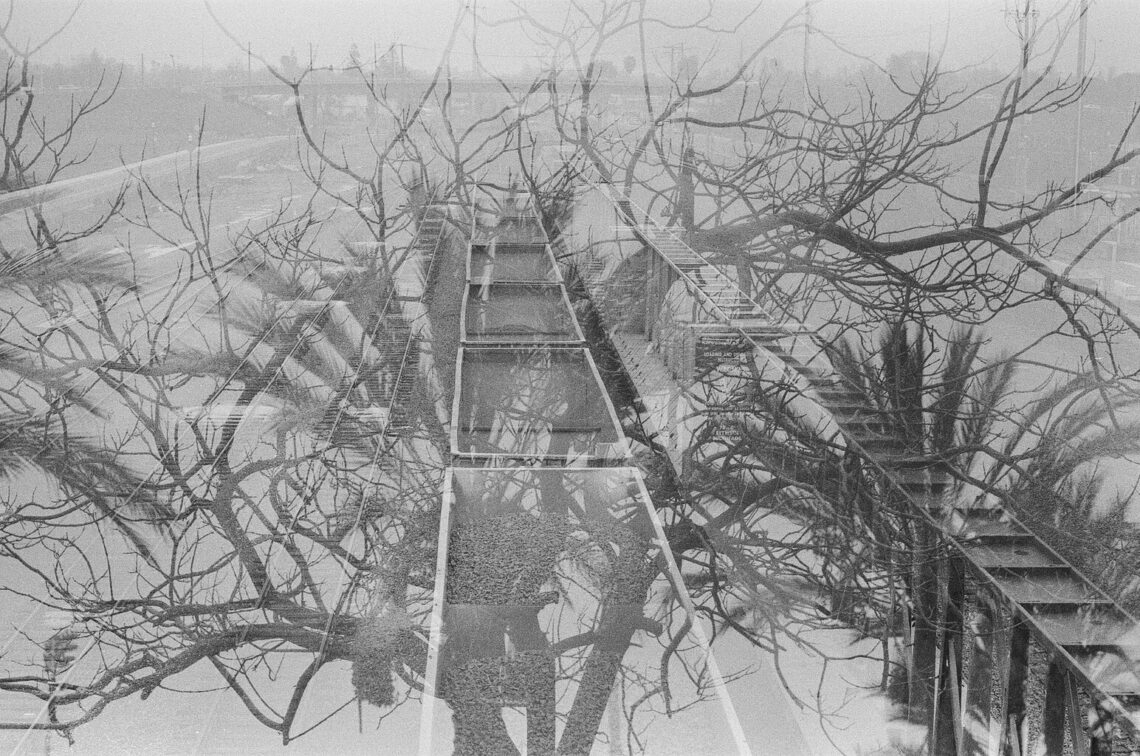
Curses for Crooked Teeth
by Laurie Blauner
photo by Tony Wallin-Sato
As a teenager I was exuberantly ashamed of my crooked teeth, although they weren’t my only problem. If I did smile, I covered my teeth with my palm. So my usual facial expression was comprised of rococo motifs that formed an impression of seriousness and concentration. This was fixed with braces and a horrible contraption called an “orthodontic headgear” that consisted of metal rods, one that circled the outside of my mouth and one inside that was connected to my braces, plus a strap around the back of my neck that forcibly moved my teeth with its cinching. Two of my upper teeth were protruded and pointy. Dracula teeth which took a Frankenstein-like device to improve. Another noticeable problem was my large nose which was remedied as soon as was possible.
My body was an archeological dig at that age, and I never knew what I would find: blood in odd places, pimples everywhere, sweat and oil, the beginnings of breasts that didn’t get much larger, hair everywhere, gawky arms and legs, parts either too thin or too fat. I wasn’t sure how all my pieces could possibly fit together. I had so many various textures with different purposes and with no dialogue between them. As I grew older, I became silent. I had a retainer, after years of the braces, which I often forgot to use as if I could abandon who I used to be and not look back. Unlike Lot’s wife, who turned back and was transformed into salt, cursed.
#
Superstitions, curses, history, and sayings about teeth:
Yiddish curse: May all your teeth fall out except the one that gives you pain.
England: Burn baby teeth to protect you in the afterlife and from a witch’s curse.
America: The Tooth Fairy appeared in the 1900s, which was first a rat and then a kind
fairy, to carry away a tooth and leave a coin. If you sprinkled the tooth with salt, that gave it
protective powers.
Scandinavia: Children’s teeth were worn as necklaces for good luck in skirmishes.
Asia: When a child tossed their tooth onto a roof and it landed sideways the new one would be crooked.
Russia to New Zealand to Mexico: Offer your baby tooth to an animal, a mouse or a mole or a rat, and you will have a beautiful adult one.
India: People with crooked teeth make bad decisions or else they were very lucky.
Ireland: Cethlenn of the Twisted Teeth was a prophetess who warned her husband of an impending defeat in battle.
Some stray superstitions: A pulled wisdom tooth is a lucky charm.
Bury your lost tooth for a better life or keep all of them in a jar to be buried with you for a better afterlife.
If a dog swallows a baby’s tooth, a dog tooth will grow in its place.
Toss a baby tooth over your shoulder and keep walking and a straight tooth will grow in, but if you look over your shoulder, it will grow in crooked.
#
In my dream I’m at the new dentist’s office, tilted and waiting in his chair. When my dentist arrives and smiles, he only has three teeth remaining in his mouth that resemble wax candles. I concentrate on the pigeons at his windowsill that are bobbing and prancing as if they are laughing at me. Clouds arrange themselves into some kind of order that will later be drilled through by stars in the impending night. My mouth is dark when the dentist first opens it and then it’s not.
“My goodness,” the dentist soon says and steps backward.
“What?” I ask into the circle of light still peering down deeply at me.
“Where are your teeth?” he inquires.
My tongue zigzags around the moist interior of my mouth and my teeth are there and feel the same as they usually do. I wonder if my mouth has filled up with clouds from outdoors although I am still able to speak.
The dentist retrieves a mirror and I hold it up to my face where I see two perfect rows of the tiniest white roses. I’m startled. I wonder when this has happened and why I didn’t notice. I don’t know what to say. I wonder whether they will brown and wither, crumbling into brown leaves and fall out.
The dentist laughs, “Just keep them watered and fed and come back for a check-up next year.”
“Maybe I should search for my real teeth?”
“Where?” he asks, smiling soothingly, showing me his three remaining teeth again.
#
I have realized that my teeth are an odd piece of me, although really not much stranger than other parts. When I was twenty-years-old, all four of my wisdom teeth were impacted, crowded and contorted, and the dentist decided to remove them all at the same time with forceps and Novocain in his office. This was cheaper, but I was awake during the surgery. It took a long time for the dentist to extract those malformed teeth, chronographers and authors of my life, those things that grew along with me and helped me chew. I could feel the tremendous force as the dentist ripped them from my gums, even as I knew that they had to leave. Afterwards I gave one of my wisdom teeth to someone I hoped would love me. But he never did.
#
Does the outside of the body really tell you much about the inside? In my writing room my books are shelved imperfectly like my early teeth, but my house looks better from the street. Fences are for keeping what out and what in? What happens when they are bent? The interior and exterior both become permeable, which sometimes happens anyway. With teeth, we are able to swallow, chew, smile, and speak. What else?
Teeth are composed of four kinds of non-living tissue: pulp, the softer inside, which has blood vessels and nerves; dentine, which is beneath the enamel and is a hard tissue layer with tubules; enamel, which is made of calcium phosphate and is the hardest substance in the human body; and cementum, which is collagen and protein polysaccharides, covering the gum line and roots and binding the teeth to the gums. Bones and teeth are very different. Bones are living tissue, made of collagen, able to regenerate and heal and more flexible. At least 99% of our bodies’ calcium is in our teeth and bones. (American Dental Association).
#
My teeth curses:
If you don’t control your hunger, teeth will rain down on your house.
Plant a tooth and your new husband/wife will grow from it.
Gamble with teeth and you will lose all your money.
Throw a tooth into a cloud and you will hear bells ringing.
If a bird eats your tooth your shadow will fade away.
Put your tooth into water and the water will turn black.
Weave teeth into your hair and it will grow thicker.
If you grind your teeth, eat a frog to stop.
Place a baby tooth on a boat and the boat will sink.
Plant a tooth under a tree with straight branches to fix your crooked teeth.
#
When my sister and I were young, our parents’ fights reverberated around our NYC apartment. We’d flee from the loud noises and retreat into our shared bedroom, where we’d be left to ourselves. We’d play games, or I’d teach my sister to read and write and do arithmetic before she ever attended school. When she wanted to calm herself or at night, before she went to sleep, my sister rocked herself on all fours back and forth, hitting her head on the headboard of her bed. But once I got in her way, and she bashed me straight in my mouth by mistake, skewering my teeth and lips and I had my first root canal.
#
A house can’t smell or see or hear or walk, yet we, humans, are created architecturally, like a house, with two legs, two arms, a torso, a neck, and a head like a roof. Inside are piano keys, resembling teeth, that can make music.
Why are teeth so complicated, these tiny rocks of our bodies? With their implants, root canals, gum diseases, cracks, bridges, dentures, abscesses, and decay that affects our brains, hearts, kidneys, and lungs. They age as we age.
#
In fish and reptiles, teeth are situated on the palatal bone as well as along the jaws. Some species of fish have them in their pharynx. Lampreys have something like teeth on their tongues but they are made of keratin. These teeth have a hollow core so that new teeth can grow into them. Tusks grow throughout an elephant’s life. Many rodents have molars and incisors that are used to gnaw. Snakes, fruit bats, some apes, cats, and spiders have fangs. I did too. Teeth and bones are often used to classify animals and humans.
“Something that has teeth” = has power or authority
“Toothless” = not sharp, ineffectual
#
Crooked = dishonest
The crooked mouth of a verbal river or a crooked man implies something is wrong with the noun of the sentence. When my unscrupulous father left us, he stole all he could, bonds that our grandparents had given my sister and myself that weren’t worth much, everything from his retail business and bank accounts, jewelry, and whatever he could. Later in his life he asked to borrow money from my sister. He smoked a pack of cigarettes a day, his teeth eventually turning yellow and brown.
#
Change can be small and psychological. Incremental. After years of ignoring my retainer, my teeth had reverted back to Dracula teeth, both upper lateral incisors protruding, plus whatever teeth had rotated back to their original positions. This time I was an adult, married for almost twenty years to my second husband. I’d saved money from my job to afford braces all over again. A girlfriend had just bought braces too. I was fifty-years-old and my body was drying, wrinkled, with bouts of heat in spots, bloodless, thin-skinned, and stained with spots and scars, but generally it was slim and proportioned. Everything moved in tandem except that my teeth were misaligned again and aging, more translucent and yellow, gums receding, and everything was more fragile.
I had braces attached again, without the headgear. A misshapen light gathered that spilled out of my mouth when I smiled or talked. The rest of my body followed the shifting choreography of my teeth. Occasionally they cursed me with pain, saying, May you have ice for teeth. I wanted to see what could be rearranged into place to be useful, orderly, better, like a mended railing or someone staring into a mirror and finding their reflection ameliorated. Because by changing one thing something else is also changed, which may be a certain kind of unexpected beauty.
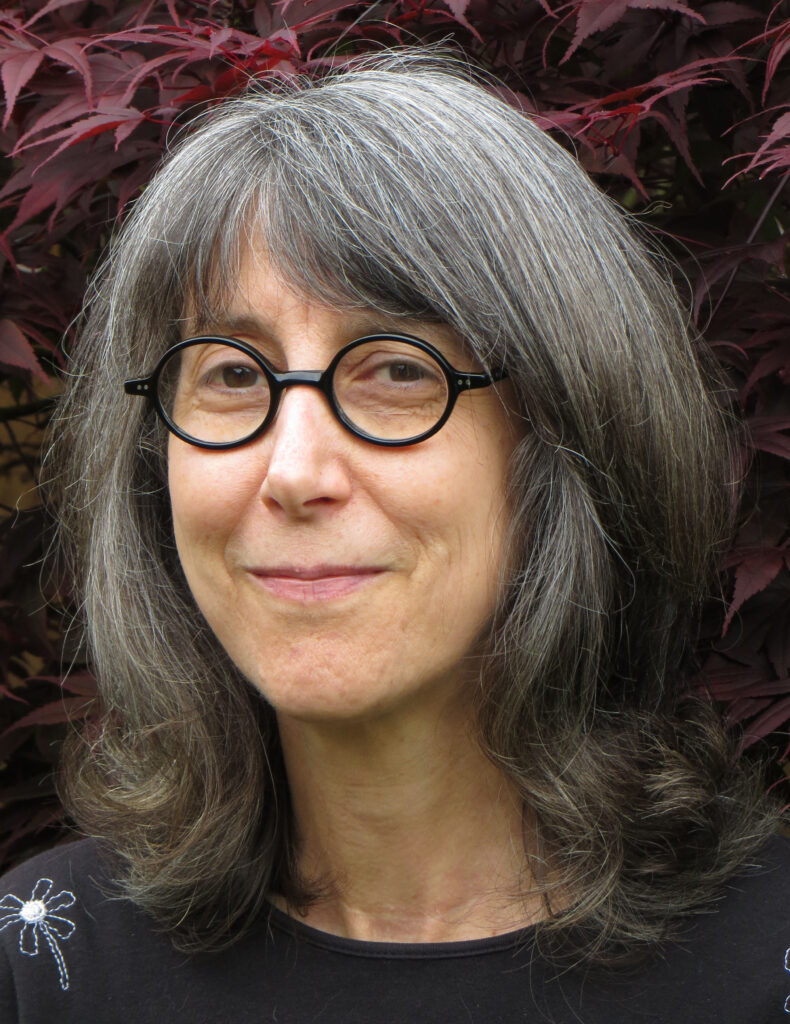
Laurie Blauner is the author of five novels, nine books of poetry, and a creative non-fiction book called I Was One of My Memories, which wonPANK’s CNF Book Contest. A new novel called Out of Which Came Nothing was published by Spuyten Duyvil Press. Her latest poetry book is Come Closer which won the Library of Poetry Award from Bitter Oleander Press. Her work has appeared in The New Republic, The Nation, The Georgia Review, American Poetry Review, Mississippi Review, Poetry, Denver Quarterly, The Colorado Review, Tupelo Quarterly, The Best Small Fictions 2016 and many other magazines. She lives in Seattle. Her website is www.laurieblauner.com.
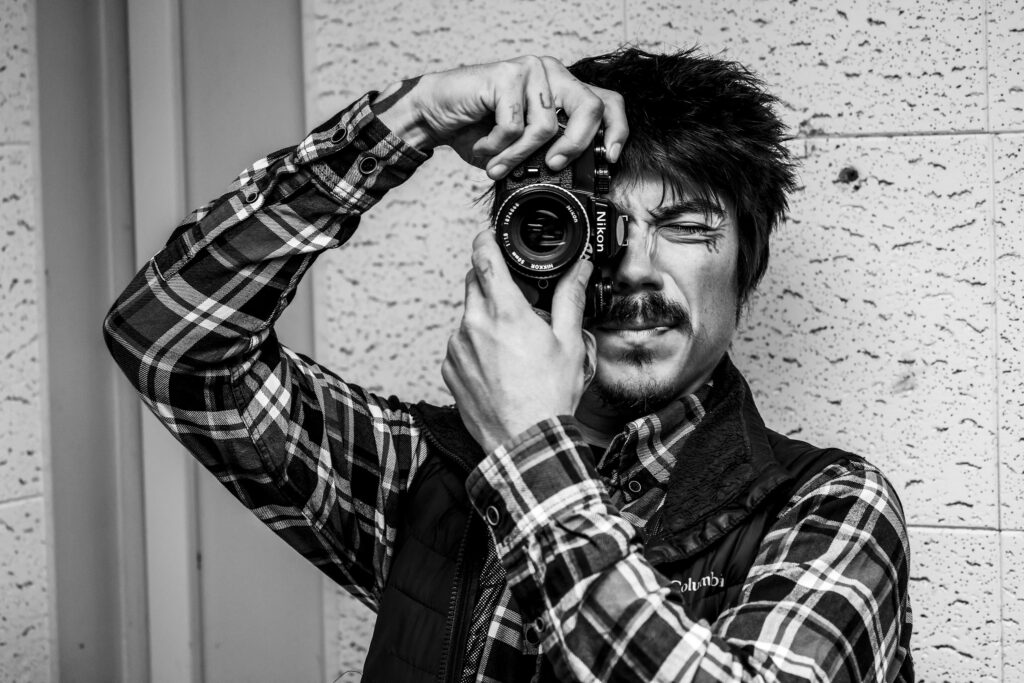
Tony Wallin-Sato is a Japanese American who works with formerly/currently incarcerated individuals in higher education as the Program Director for Project Rebound at Cal Poly Humboldt and is a lecturer in the critical race gender and sexuality studies department at Cal Poly Humboldt. He holds an MFA in Poetry and is the Co-Chair for the Boundless Freedom Project and an Advisory Board Member for the American Prison Newspaper Project.

